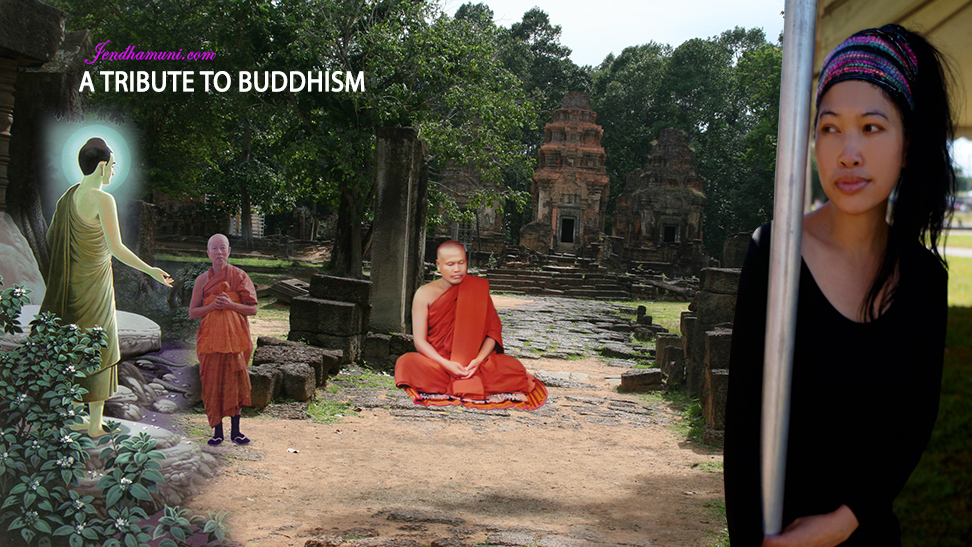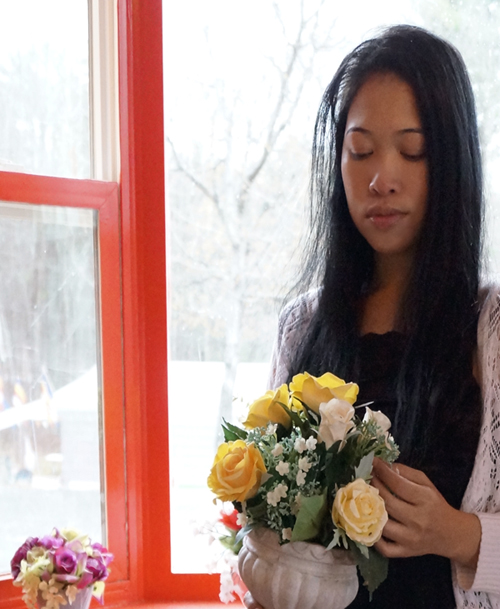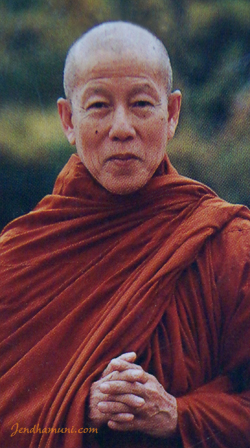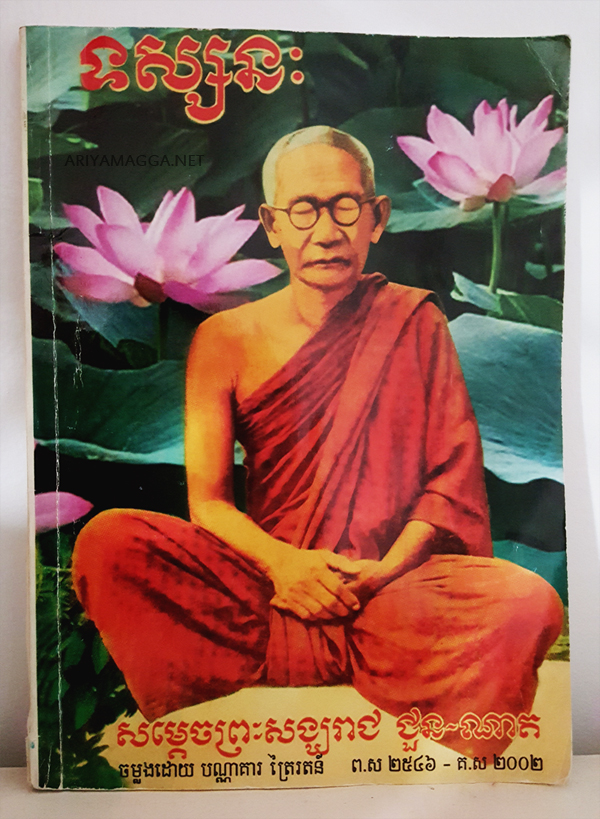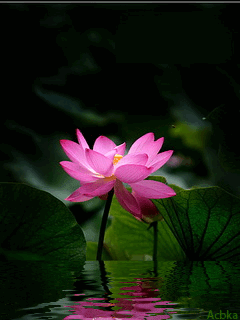-
Unique contribution 1 September 2, 2020 -
Towards perfect health Comment September 2, 2020 -
The Story of Theri Kisagotami Comment August 31, 2020Verse 114: Better than a hundred years in the life of a person who does not perceive the Deathless (Nibbana), is a day in the life of one who perceives the Deathless (Nibbana).
The Story of Theri Kisagotami
While residing at the Jetavana monastery, thc Buddha uttered Verse (114) of this book, with reference to Kisagotami.
Kisagotami was the daughter of a rich man from Savatthi; she was known as Kisagotami because of her slim body. Kisagotami was married to a rich young man and a son was born to them. The boy died when he was just a toddler and Kisagotami was stricken with grief. Carrying the dead body of her son, she went about asking for medicine that would restore her son to life from everyone she happened to meet. People began to think that she had gone mad. But a wise man seeing her condition thought that he should be of some help to her. So, he said to her, “The Buddha is the person you should approach, he has the medicine you want; go to him.” Thus, she went to the Buddha and asked him to give her the medicine that would restore her dead son to life. Continue reading
-
The Story of Theri Patacara Comment August 31, 2020Verse 113: Better than a hundred years in the life of a person who does not perceive the arising and the dissolving of the five aggregates (khandhas), is a day in the life of one who perceives the arising and dissolving of the five aggregates.
1. Udayabbayam: the arising and the dissolving of the five aggregates (khandhas). Udayabbayanana is the knowledge acquired through Insight Development Practice, indicating the impermanent characteristics of the five aggregates.
The Story of Theri Patacara
While residing at the Jetavana monastery, the Buddha uttered Verse (113) of this book, with reference to Patacara.
Patacara was the daughter of a rich man from Savatthi. She was very beautiful and was guarded very strictly by her parents. But one day, she eloped with a young male attendant of the family and went to live in a village, as a poor man’s wife. In due course she became pregnant and as the time for confinement drew near, she asked permission from her husband to return to her parents in Savatthi, but her husband discouraged her. So, one day, while her husband was away, she set out for the home of her parents. Her husband followed her and caught up with her on the way and pleaded with her to return with him; but she refused. It so happened that as her time was drawing so near, she had to give birth to a son in one of the bushes. After the birth of her son she returned home with her husband. Continue reading
-
Finding peace of mind and happiness inside 3 August 31, 2020 -
Relationships in the absence of attachment Comment August 31, 2020by 17th Karmapa
The wish to pull in or push away what we perceive around us is a big force in our relationships. Rather than relaxing and appreciating the other person, we engage in a constant struggle to get what we want from them, and to avoid getting what we do not want. For that reason, in order to build healthy relationships we need to deal with our attachment as well as our aversion.
It might be useful to start by looking at our assumptions about attachment and also about non attachment. Conventional wisdom leads many people to question whether or not relationships are even possible without attachment. I have heard people say that if there were no attachment, they would have no close relationships. People try to induce attachment in others as a basis for starting a relationship with them. They wield a attachment like a hook, trying to pull people towards them and literally get them hooked.
If you find it hard to imagine how a warm and healthy relationship could exist in the absence of attachment, this indicates confusion between being detached and being free of attachment. Detachment is very different from non attachment. Detachment suggests an unfeeling indifference. By contrast, when there is an absence of attachment, healthy feelings have ample room to blossom. This is because attachment causes you to be totally consumed by something or someone.
-
A dream you can touch 1 August 31, 2020 -
Flowers are restful to look at 1 August 30, 2020 -
It’s time to let go 38 August 30, 2020 -
Keep love in your heart 2 August 29, 2020

